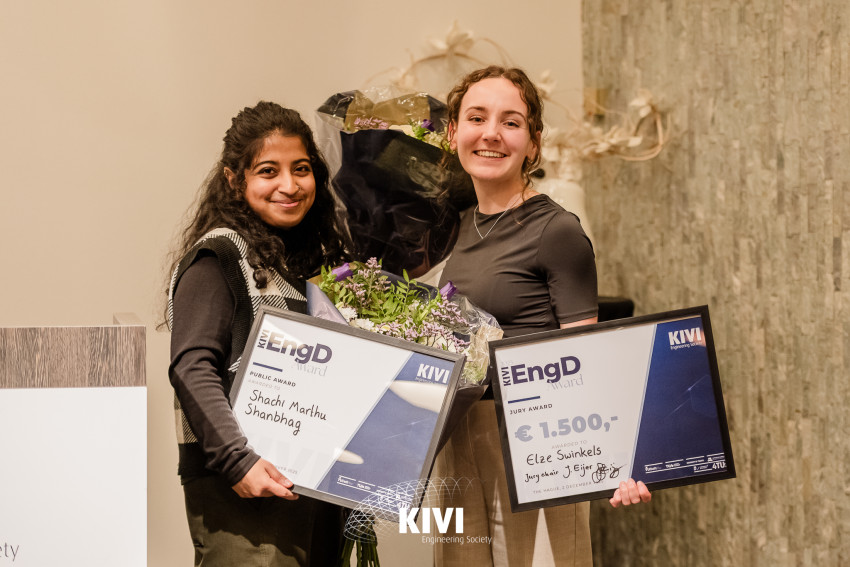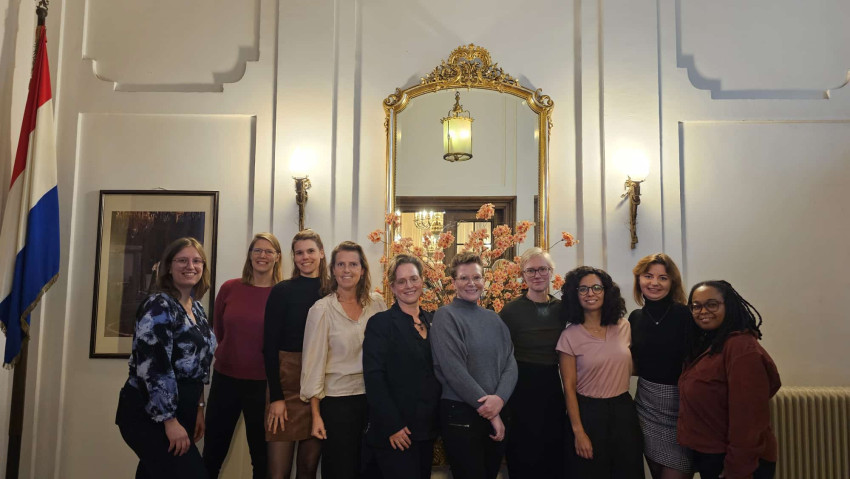
A fridge may have a COP of 5 or more, but it still needs electricity (or sometimes gas) to bring the temperature inside below ambient. A new development can do without.
A fridge may have a COP of 5 or more, but it still needs electricity (or sometimes gas) to bring the temperature inside below ambient. A new development can do without. Most materials absorb visible and near-infrared light, thereby getting warmer. But a thin transparent plastic film, made of polymethylpentene, with tiny glass spheres embedded and combined with a mirror-like silver film, absorbs almost no visible light, yet pulls in heat from any surface it touches. It has been shown to cool whatever it sits on by as much as 10°C. If this seems to violate the second law of thermodynamics, remember how water on the roof of the shed can freeze on a clear night with no wind, even as the surrounding temperature does not dip below 4 or even 5°C. Radiation towards ‘the universe’ does the trick. (For calculation purposes, we used to assign a temperature of -40°C to ‘the universe’.) It is claimed that the film can be made in a roll-to-roll setup for a cost of only 0.25 - 0.50¢ per square meter. For more details start here.


